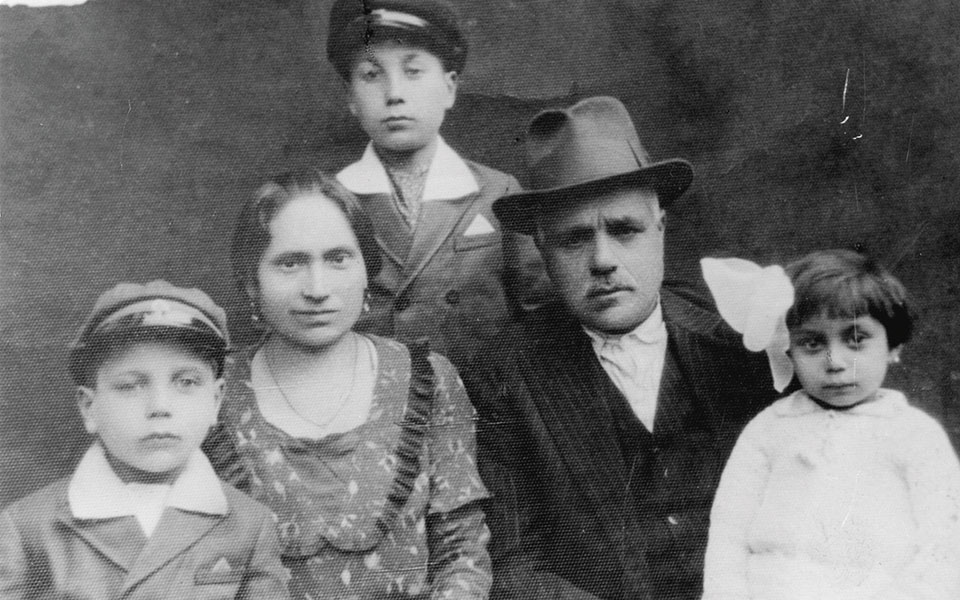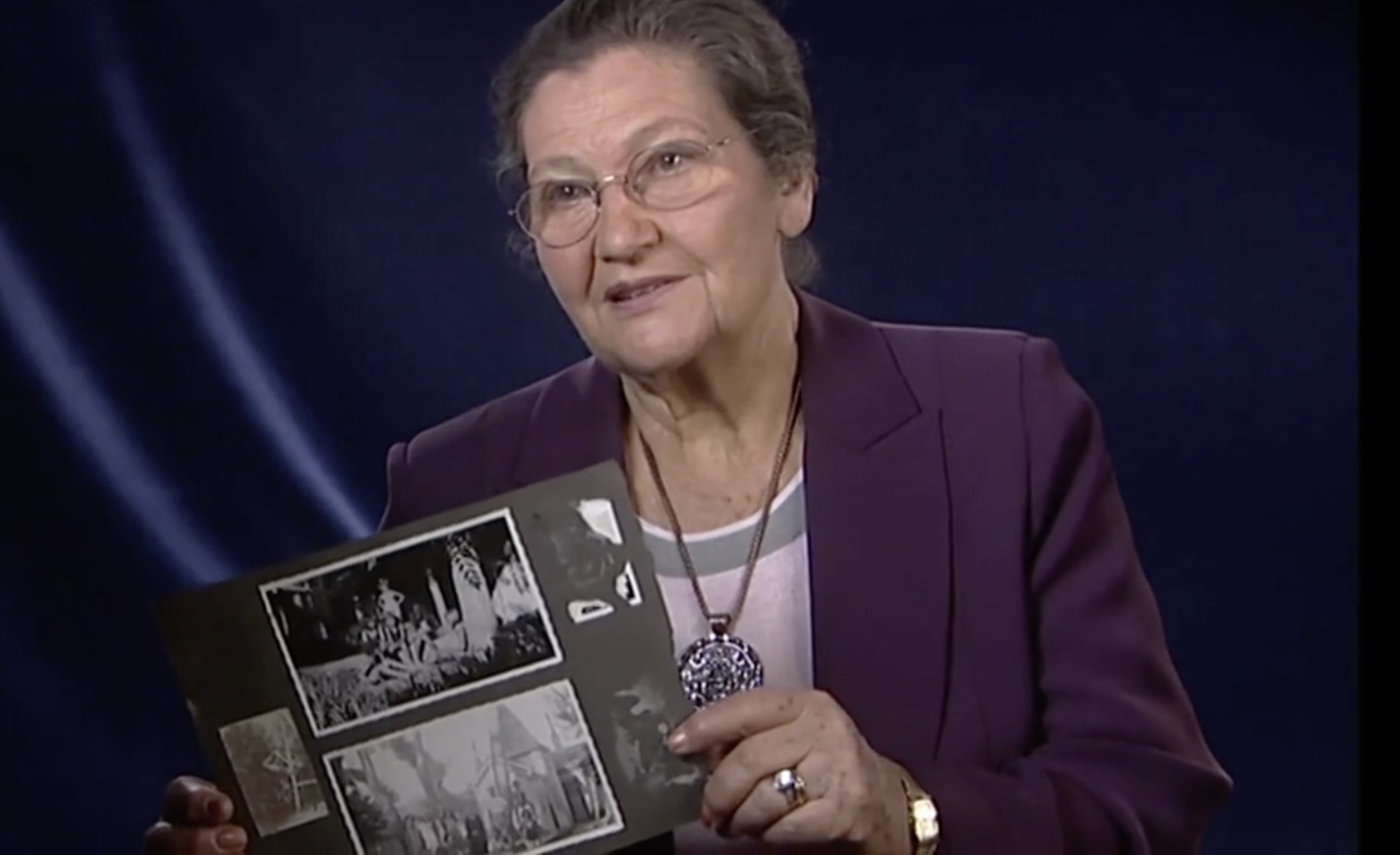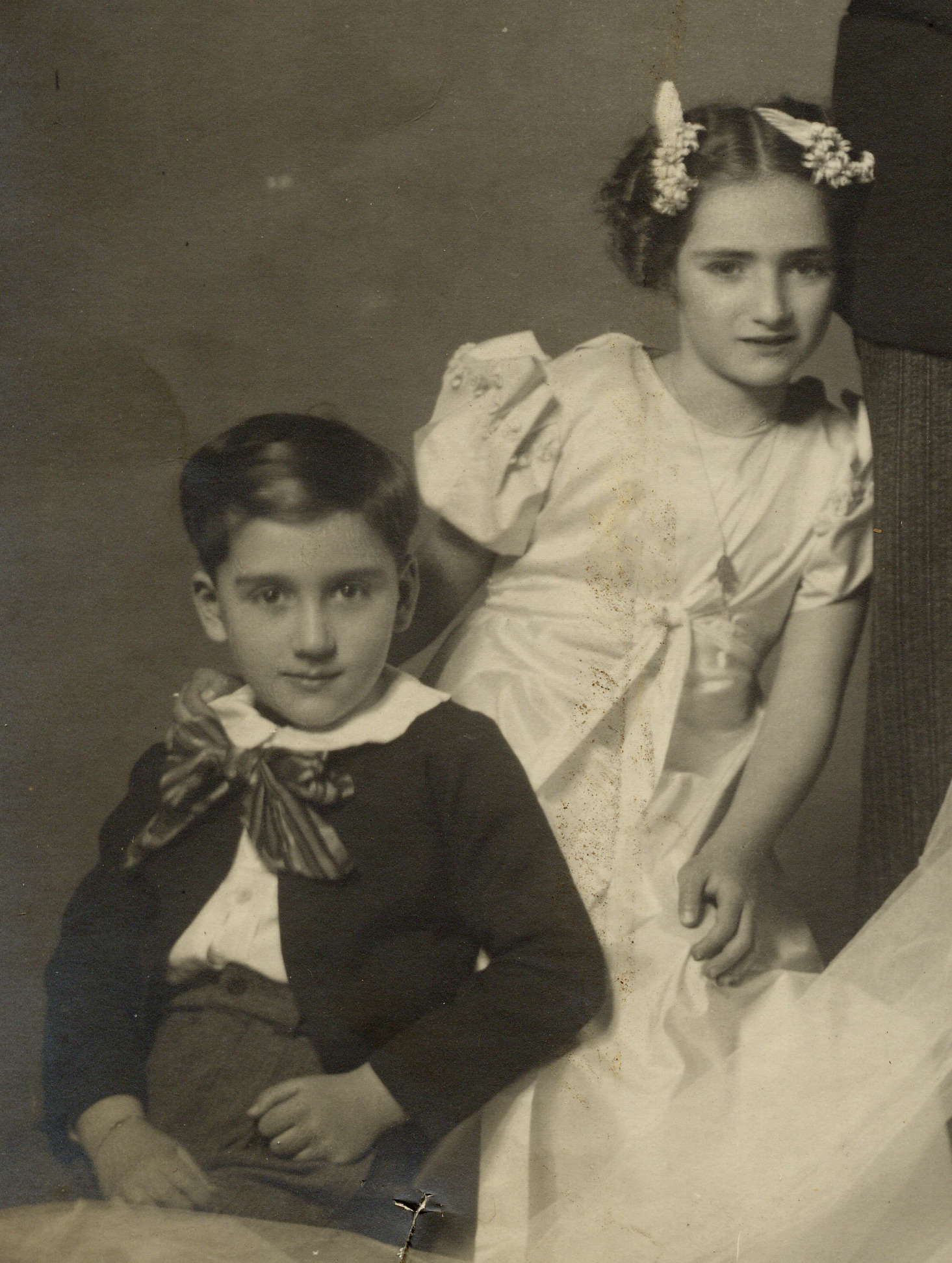
The first train leaves for Auschwitz-Birkenau camp he left on such days 80 years ago from the station of Thessaloniki. On the occasion of this tragic anniversary, a march in memory of the approximately 50,000 Jewish victims of Thessaloniki Holocaust will start at 11.30 on Sunday morning from Eleftherias Square and end at the Old Station. Those who participate will walk in silence, as befits heavy mourning. In a few days, on Thursday (March 23), an art installation will open at the French Institute in Athens and the Cinema Museum in Thessaloniki. 23rd Greek Francophone Film Festival. The installation will highlight a unique document that was first made public in the fall of 2022. This is a lengthy testimonial of the first female President of the European Parliament, prominent feminist and politician Simone Veig, in an interview she gave for the Voices of the Holocaust series.

Born into a Jewish family, Weig was arrested by the Gestapo along with her family in Nice, where they settled, and successively sent to the Auschwitz, Bobrek and Bergen-Belsen concentration camps. She and her two sisters survived, her mother, father and brother did not. When Simone, along with 1480 other people, went to Auschwitz as part of convoy 71, she was 16 years old. She was saved from immediate execution in the gas chamber because someone warned her to lie about her age, claiming she was an adult. There were many children in one column. Upon arrival at Auschwitz, they were immediately sent to the death chambers.
“When I think about Auschwitz and Birkenau, when I think about all of that, there is one thing that is absolutely horrifying: the death of children. It is unbearable. It is unbearable to think about these children. Think of children separated from their mothers, who are alone like that, very young, or in the hands of a teacher ended up in a gas chamber. It’s unbearable, unbearable,” Weig says in this interview.

For the first time in Greece, a five-hour interview by Simone Veig is presented in which she talks about how she was saved from the Holocaust.
“I was especially shocked by the specific part about children told by Veig,” says director Yolanda Markopoulou, who took on the installation. “Just reading the numbers, it is impossible to comprehend the extent of the horror. He must feel it personally, like a researcher who dives into the archives, finds lost names and faces and brings them back from oblivion.”
Therefore, she decided to focus her work on the little Jewish children of Thessaloniki who were killed during the Holocaust. The two projects he is currently composing, which will be completed on site in Athens and Thessaloniki, are based on material from Stella Salem’s book The Lost Children of Thessaloniki (published by Epikentro). After eight years of research in the registry of the municipality of Thessaloniki and checking data with various archives, the author managed to find the names of Jewish children born in Thessaloniki in 1925-1943. He found that about 500 schoolchildren had been rescued, and more than 10,000 had been moved during the Nazi occupation from Thessaloniki to Auschwitz and brutally murdered. More tragic are the losses for preschool children born between 1937-1943. About 100 people were rescued and over 4,500 were deported to Auschwitz and killed.

“Then we took pictures, mostly on holidays. So, the children are dressed in Sunday clothes, well-groomed, happy. And it’s scary. So many children’s smiles…” Weig says of lost children.
Voices of the Holocaust: Simone Veil interview (330 minutes – production: INA) presented with full subtitles in Greek with the support of the Delegation of the European Parliament in Greece.
Source: Kathimerini
Ashley Bailey is a talented author and journalist known for her writing on trending topics. Currently working at 247 news reel, she brings readers fresh perspectives on current issues. With her well-researched and thought-provoking articles, she captures the zeitgeist and stays ahead of the latest trends. Ashley’s writing is a must-read for anyone interested in staying up-to-date with the latest developments.